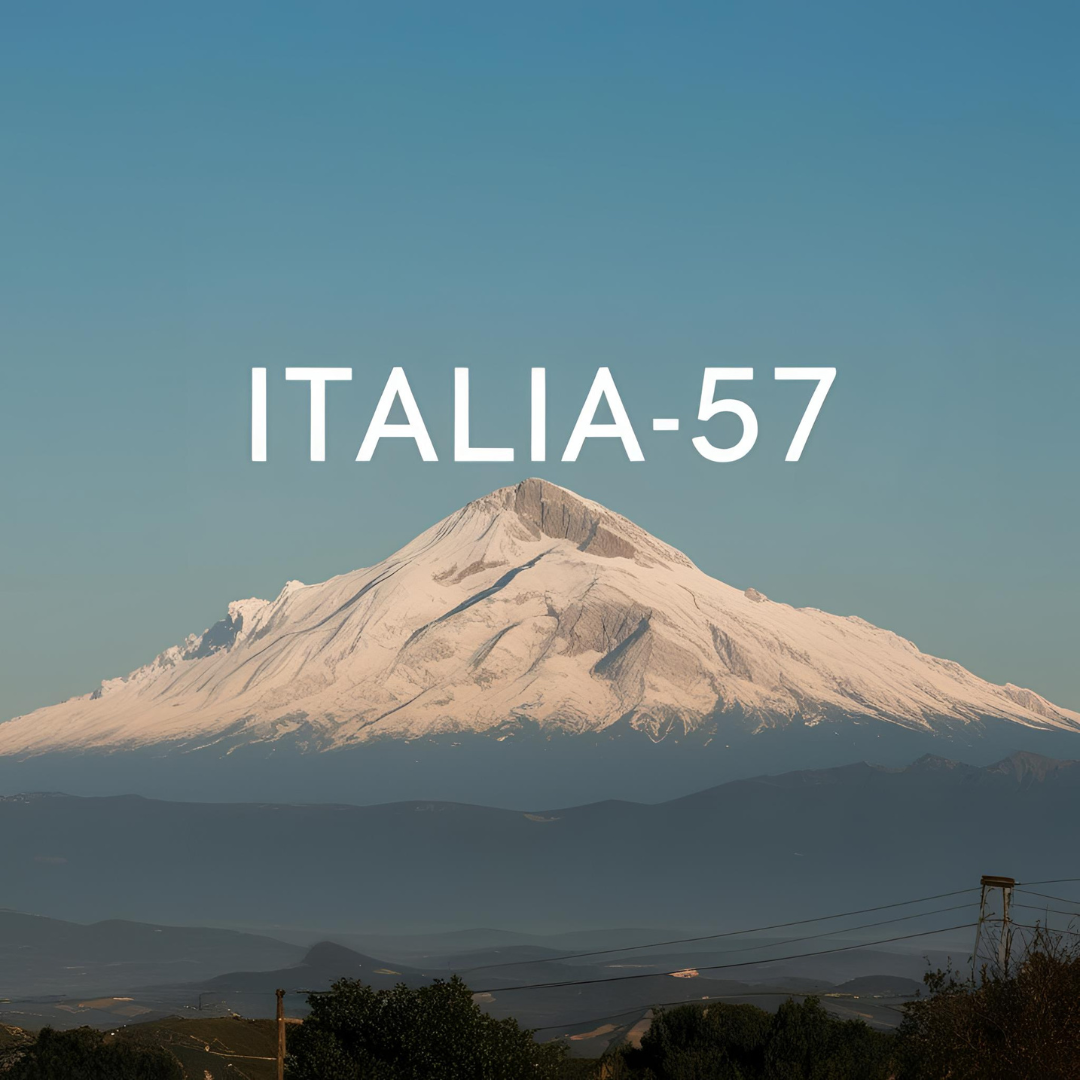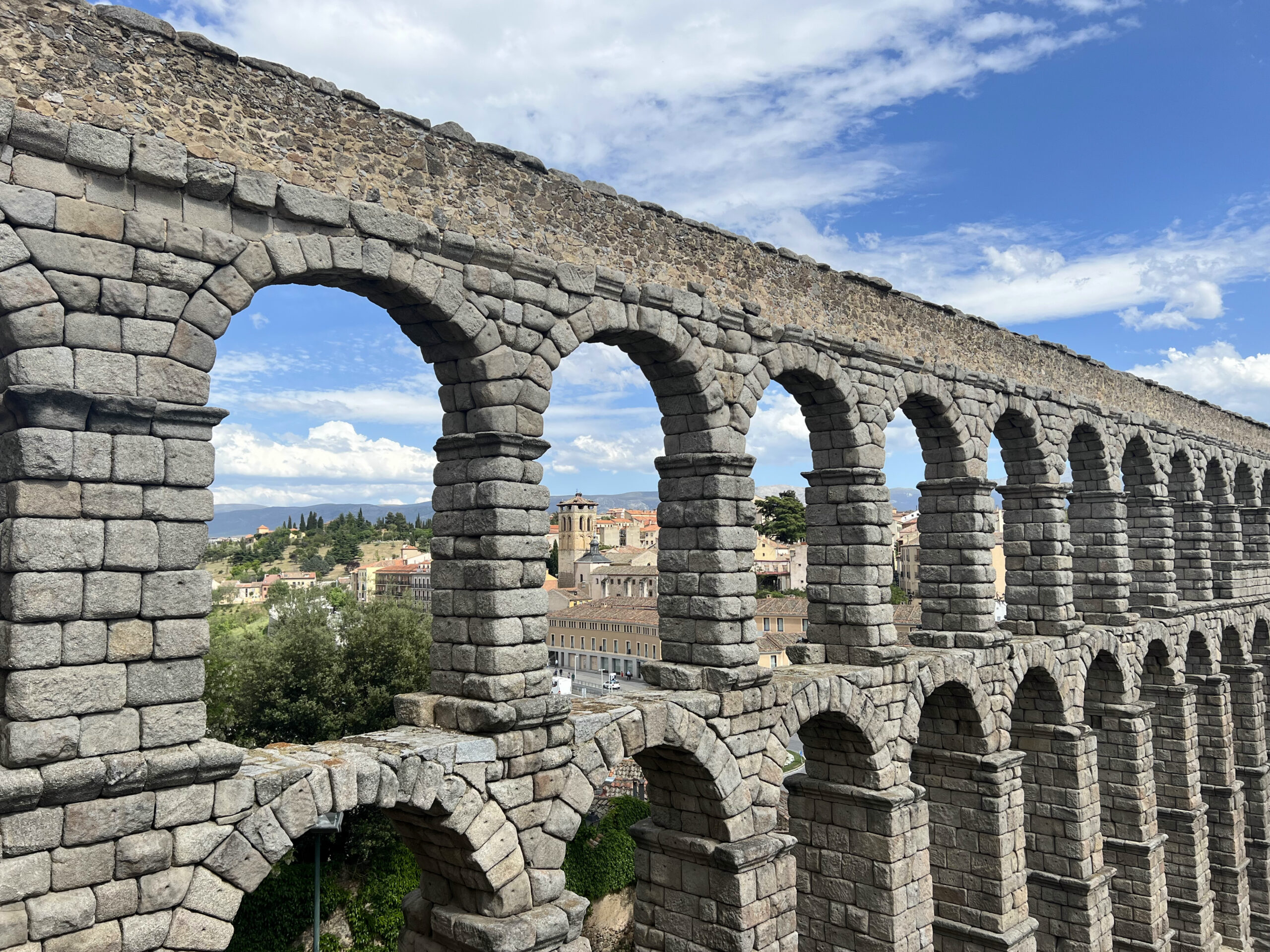After Ávila, head towards Segovia. Magnificent views of the city, the Cathedral of Segovia, and the typical houses with orange roofs.
We made this trip by organized bus from Madrid via GYG (my sponsorship link: https://gyg.me/2K81BMJ1)
This is the Alcázar of Segovia, a fortified castle built in the Mudejar style (Muslim techniques and materials from the 12th to the 16th centuries).
The Alcázar resembles a ship and has served over the centuries as a royal palace, a state prison, a military academy, and a museum.
The last photos of the old town of Segovia, the cathedral with its Gothic spires and central dome, the church of San Martín de Segovia with its brick bell tower and Romanesque arcades, the Plaza de Medina del Campo with the statue of Juan Bravo, then a view over the city’s rooftops.
Located in Plaza del Azoguejo, the Roman aqueduct of Segovia, built in the late 1st century to carry water from the Sierra de Guadarrama mountains, is one of the best-preserved ancient monuments in Spain.
Constructed entirely from granite blocks, it is over 800 meters long and features 167 arches, some of which are over 30 meters high.
A UNESCO World Heritage Site.

